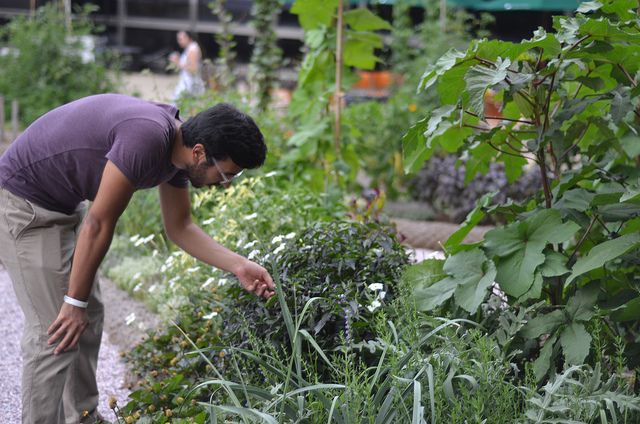

They had recently won a victory garden competition sponsored by the Chicago Horticultural Society. Hall Printing company’s contestīy that November, the war was over, but members of the Palos Heights Community Club dug one more garden. George Tysl and his wife took home nine ribbons from Commonwealth Edison’s harvest festival, and Bernice Pardo won the W.F. In 1945, John Crowhurst won a contest for grade schoolers run by the Southwest Side Kiwanis Club and the Beverly YMCA. Eckert canned at least 200 quarts of vegetables. In the fall, they carried back to Chicago baskets filled with tomatoes, corn, cucumbers and rutabagas.

Through the 1942 growing season Eckert, Allen and another son commuted to their garden - by streetcar for 8 miles, by foot for another 5 miles. So Eckert accepted a Melrose Park family’s offer of a victory garden plot, despite living 13 miles away in the Lathrop housing project on the North Side. Her 11-year-old son, Allen, spent the last summer before World War II on a farm and wanted to contribute his newfound skills to the war effort. She was a widow and former nurse in ill heath. The Tribune put its imprimatur on the homegrown campaign with sagas of gardening heroes, like Ruth Eckert. Louis avenues … is considered to cover more ground than any other community garden in the country.” (Full disclosure: I had a victory garden there on land that later became Northeastern Illinois University’s campus.) In the Tribune’s letters column, a gardener pleaded his case for more water, claiming that the “plot at Foster and St. Mestland plants peas in her plot in a victory garden in April 1943 in Washington, D.C. The Oak Park, Rolling Green and Exmoor golf clubs were among those that had victory gardens, and the Illinois Central Railroad hosted 700 gardens on its right of way. Parks in Chicago and the suburbs had committed to creating 25,000 gardens, including one near the Art Institute, as part of the victory garden movement, the Tribune reported in 1942. The children in her family ate their vegetables, whether they liked them or not.”Ĭollectively, Chicago’s victory gardens visually fulfilled the city’s motto: Urbs in horto, or “city in a garden.” They grew corn, tomatoes, green beans, peas and spinach from seed packets. “On the corner of an alley near her home, a vacant lot had been turned into plots for each family in the neighborhood, and my mother used to accompany her own mother to tend it. “When my mother was a little girl of five or six - around the beginning of World War II - her family had a plot in the local victory garden,” former first lady Michelle Obama wrote of Shields in “American Grown.”


 0 kommentar(er)
0 kommentar(er)
